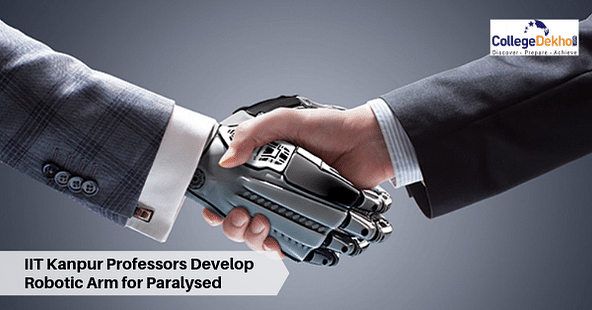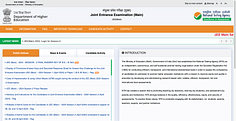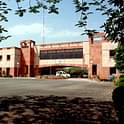Result of the jointly headed project by MHRD Science and Technology Department and British council, ‘Exoskeleton’ has shown positive outputs in helping paralysed patients from UK and India.

More than the genius brains of Prof Asish Dutta (Mechanical) and Prof K S Venkatesh were excited for their contribution behind the success story of Chandrayaan 2, their joy seemed higher for their recent invention which is the world’s first Robotic Exoskeleton for people paralysed due to stroke. This exoskeleton will help largely for the rehabilitation of those people.
Professor Asish Dutta, who is the coordinator of the IIT Kanpur Centre for mechatronics exclaimed with joy that this invention only doubled the pride of being associated with the project of Chandrayaan 2. The exoskeleton is made on the same mechanism used for the Lunar Rover designed in ISRO for making the vehicle able to go one point to another.
The mechanism of exoskeleton has a light which acts as a sensor to sense obstacles in its way. In Chandrayaan 2, the mechanism is used for similar reasons and there, it also scans the surface of the moon to make a 3D map of the moon. This will save the vehicle from toppling and take necessary steps if came across any obstacle in its way. Prof Dutta informed that they are now eyeing the medical utilisation of the technology starting from India and the UK on a large scale.
The device which is invented is a two-fingered device which can be worn by the patient. With the help of a Brain-Computer Interface known as BCI, the device reads and interprets the brain signals in machine language. It helps the paralytic patient by opening and closing the fingers imitating the movement of a human thumb and the middle finger. The device is battery operated and runs on AtMEGA 300 Mhz micro-controller.
How does the Robotic Arm of IIT Kanpur Work?
- A Brain-Computer Interface (BCI) acquires the brain signals using an EEG (electroencephalogram) device which is worn on the head.
- The signals are transferred to the Exoskeleton device
- A sensor senses the finger-tip pressure of the patient
- A computer receives and analyses the Anthropomorphic Feedback from the machine
For developing the project, the IIT Kanpur professors sought help from Professor Girijesh Prasad and his UK Based Ulster University where he is posted currently. Prof. Girijesh belongs originally from Gorakhpur.
Also Read: Device To Separate Oil From Water Developed in IIT Guwahati
For the trial of the machine, 4 hemiparetic stroke patients were selected out of 16, who had a left-hand disability. 3 patents were trialled from the UK and later, 1 from Kanpur. The professor has informed that keeping in mind the financial conditions of the patient, the device will cost only 15,000 Indian rupees.
In University of Glasgow's School of Engineering, an Indian-Origin Scientist of Electronics and Nanoengineering, Prof Ravinder Dahiya developed a similar device which had its own neurones, unlike this Exoskeleton which reacts to brain signals, the device designed by Dahiya had synthetic skin which was sensitive to touch.
Dr Prasad said that they are happy to see the positive results, now the next step for them will be using the device in daily household works. It will test its efficiency. The project of the Exoskeleton was sanctioned in 2018 from the Ministry of Human Resource Development (MHRD) which got the MHRD Fund of 55 Lakhs. The project is jointly led by the MHRD Science and Technology Department and the British Council.
Also Read:Elderly Care App based on Artifical Intelligence developed by IIT Kharagpur Students
The device is being praised by the science journals worldwide and has been able to attract the focus of the world towards IIT Kanpur. The research findings regarding the invention are published in scientific journals of global fame such as Biomedical and health informatics, Journal of Neuroscience methods Haptics and Engineering in medical and Biology Society.
Stay tuned to CollegeDekho for more News and Updates.


 Follow us
Follow us














